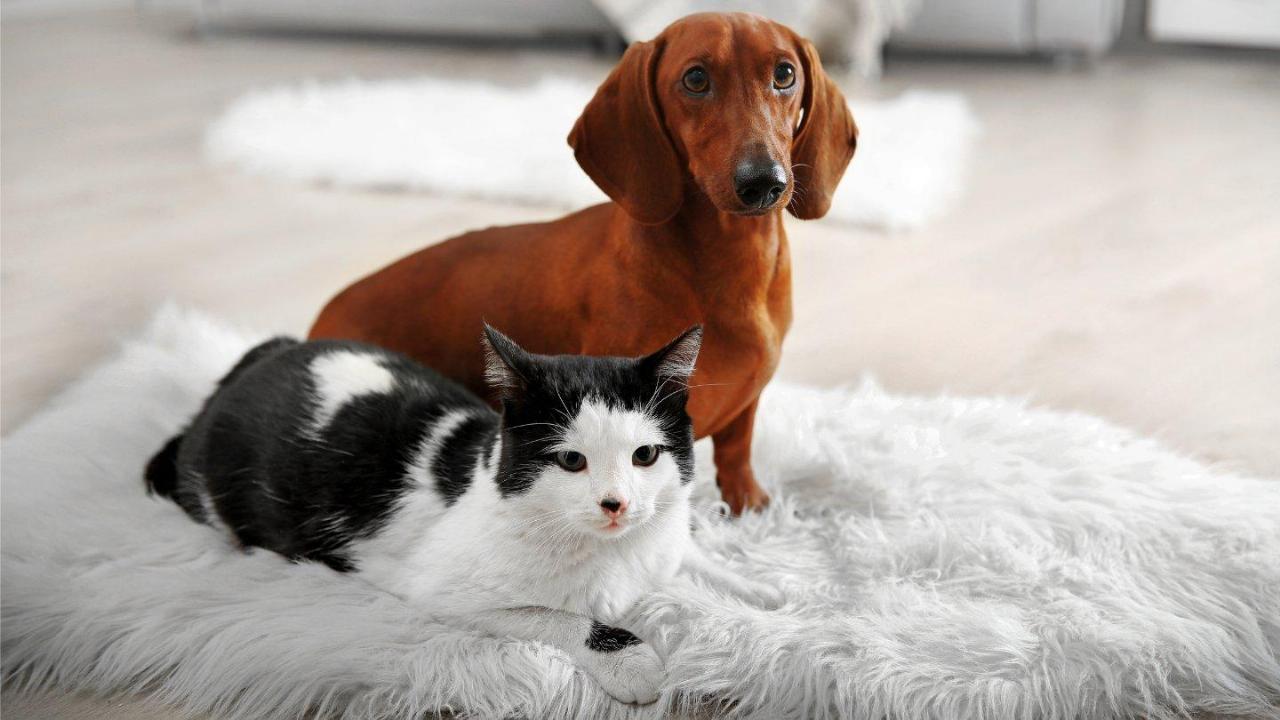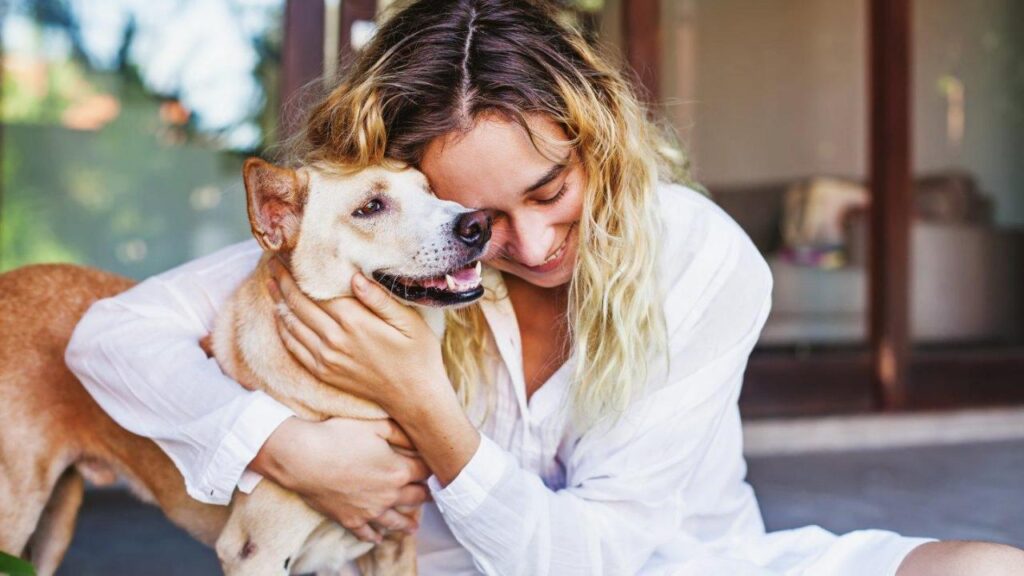Creating optimal spaces for your furry friends is an essential part of responsible pet ownership. Whether you have dogs, cats, or other pets, thoughtfully organizing your home environment ensures their safety, comfort, and happiness. This guide will help you transform both indoor and outdoor areas into pet-friendly havens that maintain the aesthetic appeal of your home while catering to your pets’ needs.
Creating Pet-Friendly Indoor Environments
The interior of your home serves as the primary living space for your pets, making it crucial to design with their comfort in mind. Casa Jedo experts recommend approaching indoor pet spaces with both functionality and style in consideration. By integrating pet-friendly elements seamlessly into your home decor, you can create harmonious environments that work for everyone in the household. Proper organization of pet supplies such as food, toys, and grooming tools not only keeps your home tidy but also ensures these essentials are readily accessible when needed.
Designing Safe Zones for Different Pet Types
Different pets have unique needs that should be addressed in your home layout. For dogs, consider creating designated rest areas in rooms where family members spend most of their time, as canines typically prefer being near their human companions. These areas might include comfortable beds positioned away from high-traffic zones but still within social spaces. For cats, vertical space is essential—installing cat shelves, window perches, or cat trees provides them with the elevated vantage points they instinctively seek. When selecting pet products for these zones, prioritize durable, easy-to-clean materials that withstand regular use and occasional accidents.
Safety considerations should include securing loose wires, removing toxic plants, and storing household chemicals out of reach. Using airtight containers for pet food not only maintains freshness but prevents unwanted access. Many homeowners find that creating activity-based zones helps maintain order—keeping feeding stations in kitchen areas, toys in living spaces, and grooming supplies in bathrooms or utility rooms. This systematic approach to pet care organization enhances both functionality and home aesthetics.
Furniture and Layout Considerations for Pet Comfort
When selecting furniture for a pet-friendly home, durability should be a top priority. Opt for fabrics resistant to claw marks and easy to clean, such as microfiber, leather, or canvas. Some manufacturers now offer specific pet-friendly upholstery that resists stains and odors while remaining comfortable for both humans and animals. Consider the color of your furnishings as well—medium tones tend to show less pet hair than very light or dark shades.

Layout planning should account for pet traffic patterns and play behaviors. Ensure there are clear pathways for pets to move through rooms without obstacles that could cause injury. For homes with multiple pets, creating separate zones can prevent territorial disputes while giving each animal their own secure space. Storage solutions specifically designed for pet supplies can elegantly conceal items like toys, treats, and grooming tools while keeping them organized and accessible. Many modern home decoration options now include dual-purpose furniture pieces that serve both human needs and provide pet accommodation, such as ottomans with built-in pet beds or side tables that double as cat hideaways.
Optimizing Outdoor Spaces for Pet Enjoyment
Outdoor areas offer pets stimulation and exercise opportunities that indoor spaces cannot provide. A well-designed yard or garden can significantly enhance your pet’s quality of life while complementing your home’s exterior aesthetic. When developing outdoor pet spaces, consider incorporating both natural elements and purpose-built structures that cater to your pet’s instinctual behaviors. Factors such as climate, yard size, and your pet’s specific needs should all influence your design choices.
Building Engaging Play Areas Based on Pet Behaviors
Understanding your pet’s natural behaviors helps create truly engaging outdoor spaces. For dogs, designated digging areas filled with sand or loose soil can satisfy their natural urge to excavate without damaging your garden beds. Agility equipment like tunnels, ramps, and jumping hoops provides physical challenges while strengthening the bond between pets and owners during training sessions. Water-loving dogs might appreciate a shallow wading pool during warmer months.
Cats benefit from enclosed outdoor spaces or catios that provide safe access to fresh air and sunlight without exposure to predators or traffic. These spaces can include climbing structures, scratching posts, hiding spots, and elevated perches that allow cats to observe their surroundings from a position of security. For both dogs and cats, incorporating a variety of outdoor plants that are non-toxic and pet-friendly adds sensory enrichment through different textures and scents. Research before planting is essential, as many common garden plants can be harmful if ingested by curious pets.
Seasonal Adaptations for Outdoor Pet Spaces
As seasons change, pet-friendly outdoor spaces require adjustments to ensure year-round comfort and safety. During hot summer months, adequate shade becomes essential—consider pergolas, shade sails, or strategically planted trees to create cool retreats. Access to fresh water should be constant, with multiple water stations placed throughout the yard. Some pet owners install misting systems or shallow splash pools to help pets regulate their temperature during heat waves.
When winter approaches, outdoor pet accommodations need added insulation and protection from the elements. Heated outdoor shelters can provide refuge during cold weather for pets that spend significant time outdoors. Pathways cleared of snow and ice prevent paw injuries and make outdoor access more appealing during inclement weather. For areas with extreme seasonal variations, modular or convertible structures offer flexibility—open-air play zones in summer can transform into sheltered, insulated spaces during winter months. With thoughtful seasonal adaptations, your outdoor pet spaces remain functional and enjoyable throughout the year, ensuring your furry companions always have appropriate environments for their exercise and enrichment needs.


